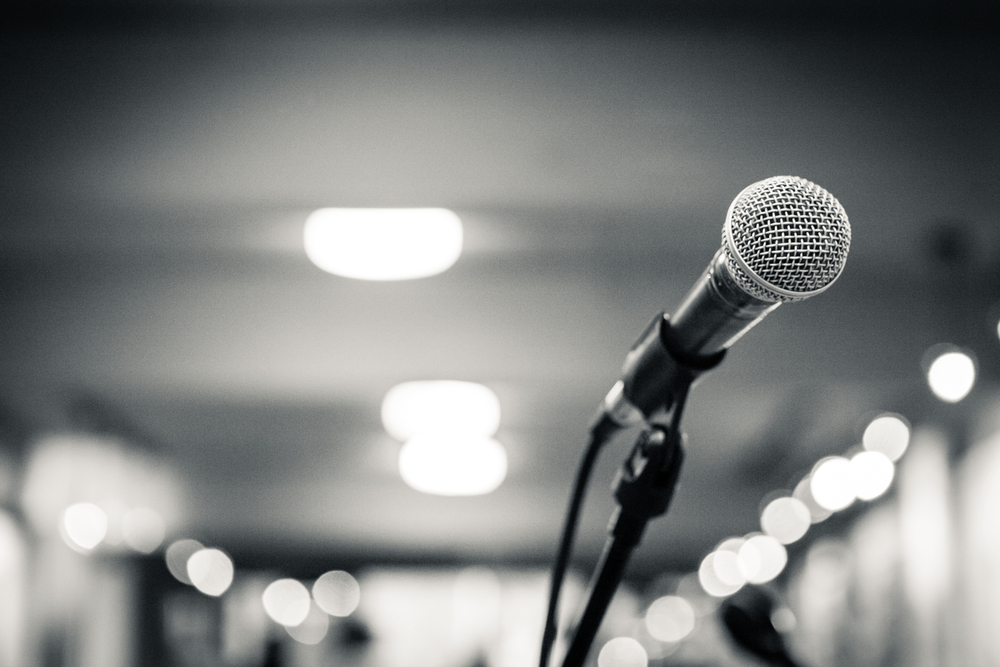Posted on: Jun 23, 2016

The basic purpose of a microphone is to capture a sound and convert it into an electrical signal.
However, the challenge is choosing one which accurately captures the intended sound while eliminating any background noise or feedback, and this can vary depend on the situation.
For this reason, it’s quite important to know a little about exactly how a microphone works and most importantly, about microphone directionality.
What is directionality?
The directionality is a microphone’s sensitivity to sounds relative to the direction from which the sound is arriving at the mic from.
There are many different directional patterns and these are usually shown in a graph which is known as a ‘polar pattern’.
These show the sensitivity around the 360 degrees of the mic, assuming that the mic is in the centre and 0 degrees is the front.
Microphones are generally split into omnidirectional, unidirectional and bidirectional.
Omnidirectional
These mics are sensitive to sound from all angles and so they don’t need to be pointed in any particular direction to pick up sound.
This can be very useful in some situations, especially in studios with good acoustics and in live situations with a low stage volume.
The obvious drawback here is that they are able to pick up background noise or monitor feedback.
For this reason, we would only recommend omnidirectional microphones for studio recordings or when trying to capture a very wide sound source such as a choir.
Unidirectional microphones
These mics are most sensitive to sound that it coming at them directly from the front. This means that they can effectively isolate the sound from the intended source and eliminate ambient off-axis sounds.
There are three subcategories within unidirectional microphones:
Cardioid
This is definitely the most common directional pattern and has a wide on-axis pick-up area and maximum rejection at 180-degrees off-axis.
What this means is that it vastly eliminates feedback from monitors behind the mic on-stage and ambient noise is reduced by two-thirds compared to an omnidirectional mic.
This makes these the number one option for live performances and touring, especially when acoustics aren’t great.
Supercardioid & Hypercardioid
These mics have narrower front pickup angles than the normal cardioids and greater rejection of ambient noise.
While the least sensitive angle of the standard cardioid is directly behind the mic at 180 degrees, it’s at 125 for the super and 110 for the hyper.
This gives a more focused pickup and helps eliminate more ambient noise, just make sure you don’t have monitors directly behind the mic and put them at these less sensitive angles off to the side.
These are perfect for live performances with a high sound level.
Also consider:
Bi-Directional (aka Figure-of-Eight)
These mics are unique in that they have two angles of maximum and minimum sensitivity and produce a very open and natural sound.
The pickup area is only about 90 degrees at the front and back and is great for picking up two opposing sound sources, for example during a vocal duet.
(Ribbon mics are always naturally bidirectional).
For more information on polar patterns in microphones (with diagrams) check out this post from Shure.
Now that you’re a little bit more clued up on how microphones work and which situations they work best in, feel free to check out our great range of wired and wireless microphones here at London Speaker Hire.
Category: